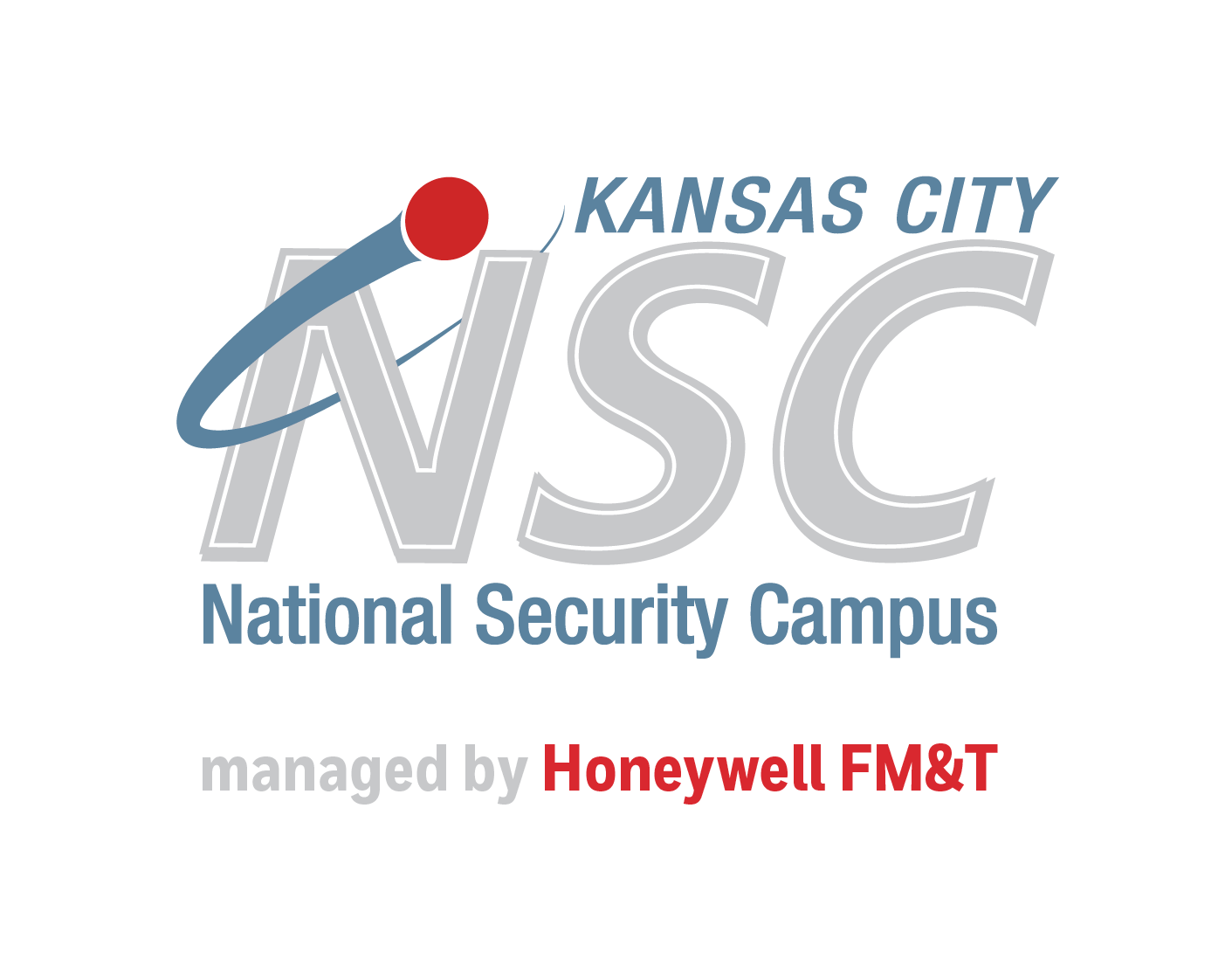Superhydrophobic technology inspired by nature
The Kansas City National Security Campus is looking to nature for inspiration for their latest technological breakthrough.
Sometimes referred to as the "Lotus Effect," some organisms can literally repel water with a waxy superhydrophobic material found at the nanoscale level. The Kansas City National Security Campus, which is managed by Honeywell for the U.S. Department of Energy, has successfully applied that concept to keep sophisticated equipment and mission critical hardware clean and dry.
Water essentially beads as it reacts to the thin layer of air on the material's surface, and rolls off without absorption, creating self-cleaning properties. Throughout the world, various insects and plants such as the Lotus leaf are perfect examples of this feature and require it for survival. When applied to hardware, such as radars, the self-cleaning technology can have immense benefits by preventing corrosion and enhancing signal performance.
In 2015, the KCNSC Materials Engineering group invited industry expert Dr. John Simpson, Research Professor at the University of Tennessee and Retired Senior Research Scientist for Oak Ridge National Laboratory (ORNL), to collaborate on applications for superhydrophobic technology.
Initially, the intent was to incorporate the technology into a liquid system to apply to coatings. However, KCNSC took the application a step further by replacing the legacy liquid systems with a more environmentally friendly process. This innovation eliminates the need for solvents and other volatiles within the system, and its performance is superior to that of its liquid counterparts.
"The most exciting thing about adopting this technology at the KCNSC was seeing how fast we turned the proof of concept idea around," said Honeywell Principal Scientist for Research and Development Dr. Jamie Messman. "The team developed the powder coating, which we believe is the first of its kind, within 1-2 days."
KCNSC is continuing its effort to refine this significant breakthrough and evaluate broader applications throughout defense programs.




